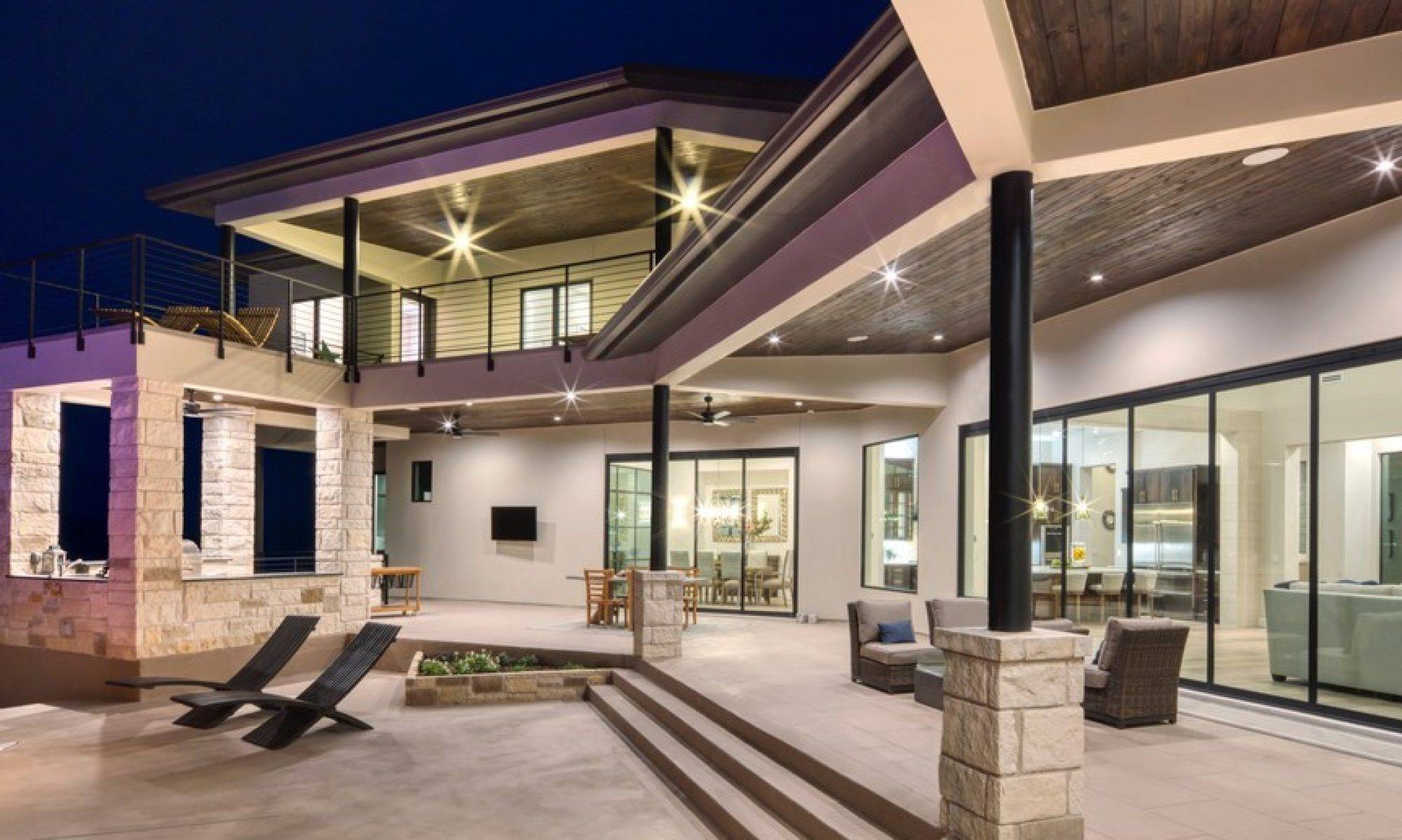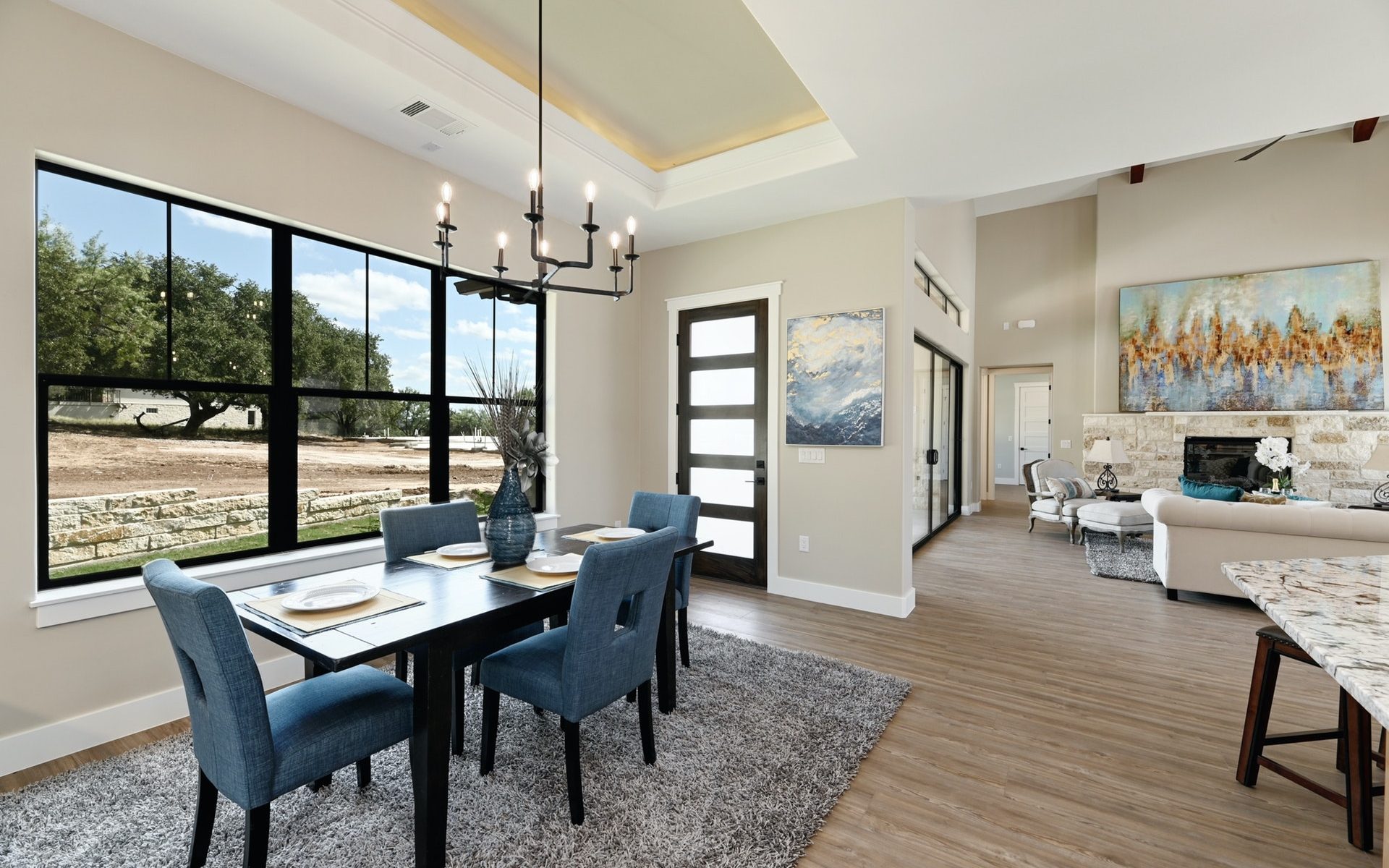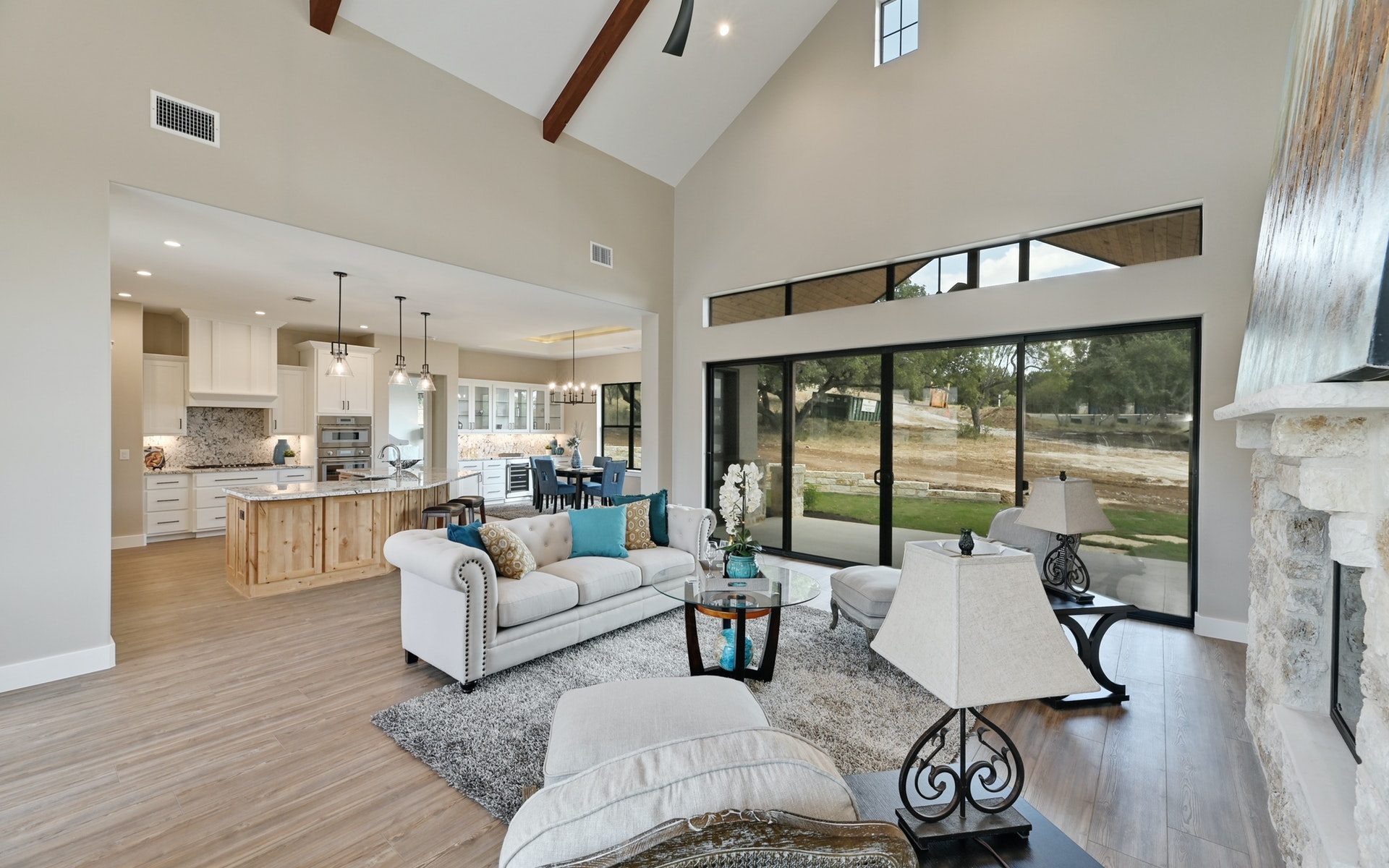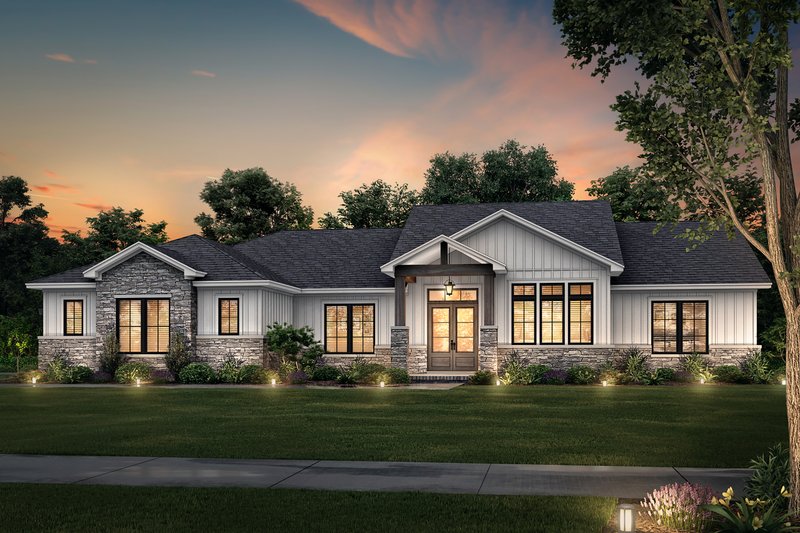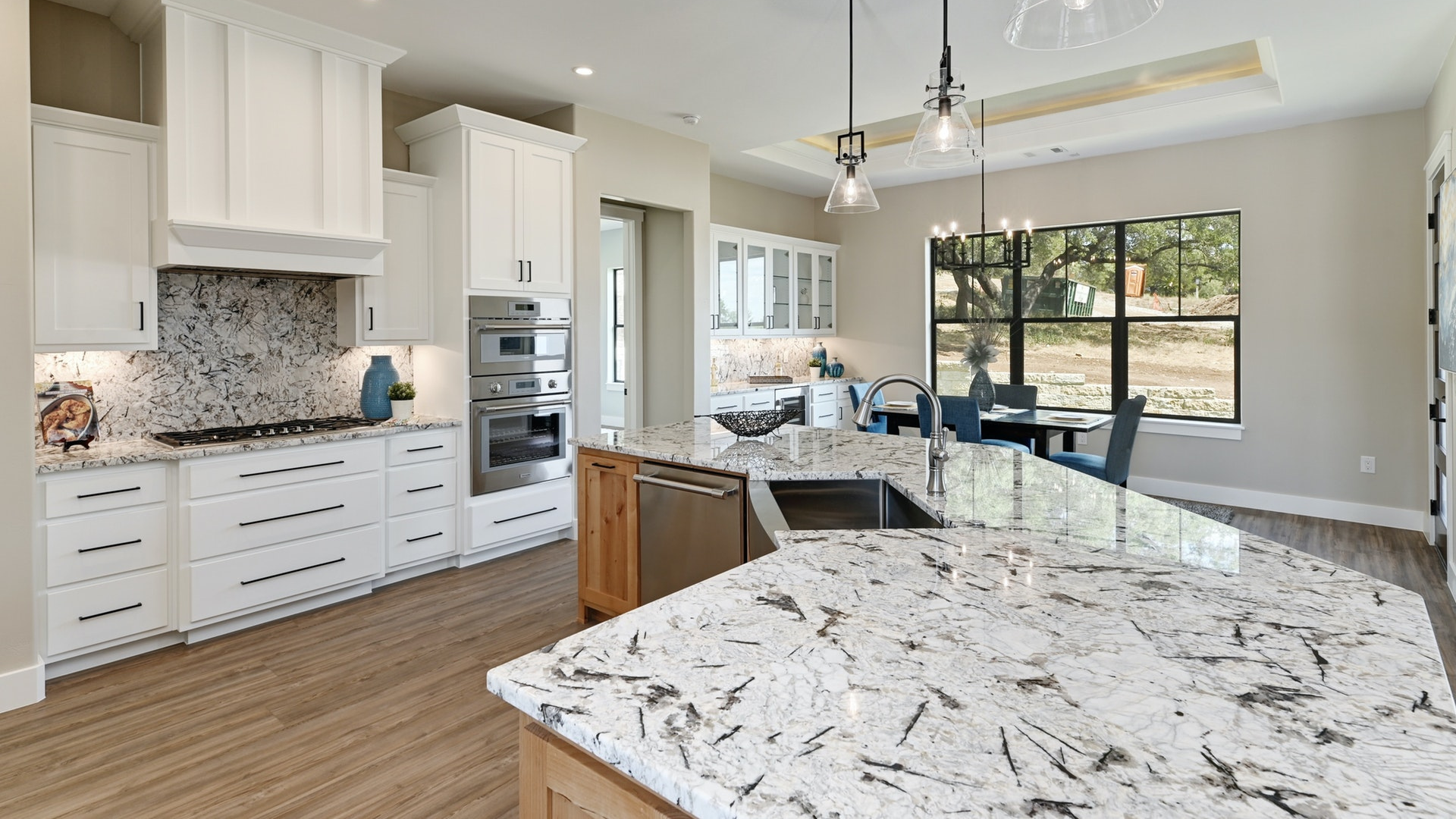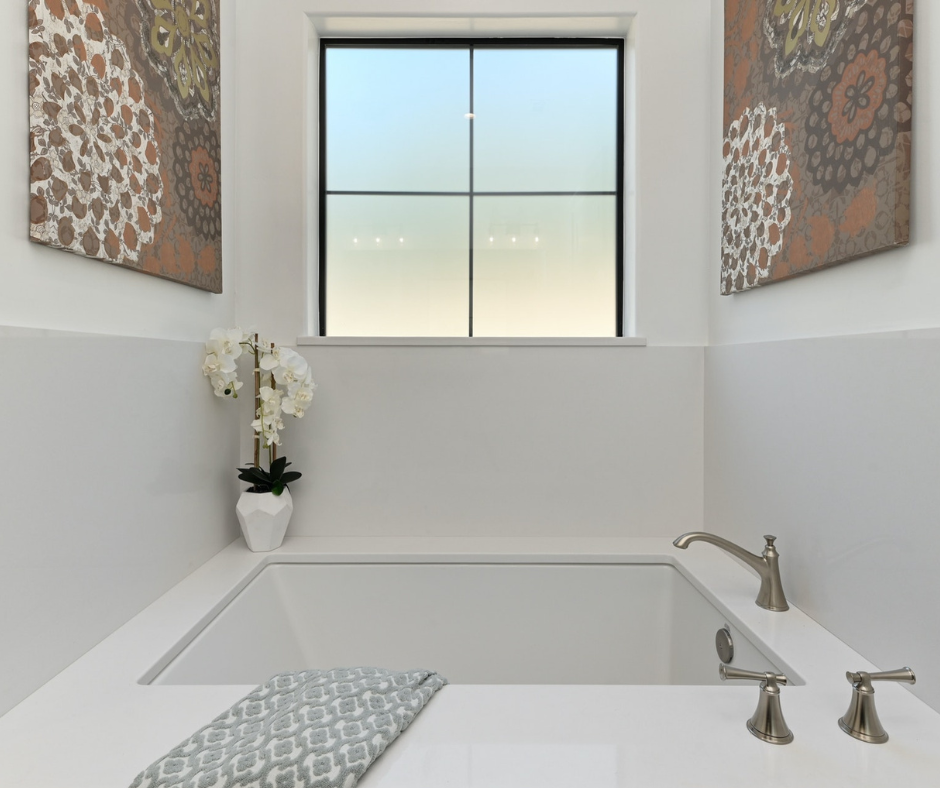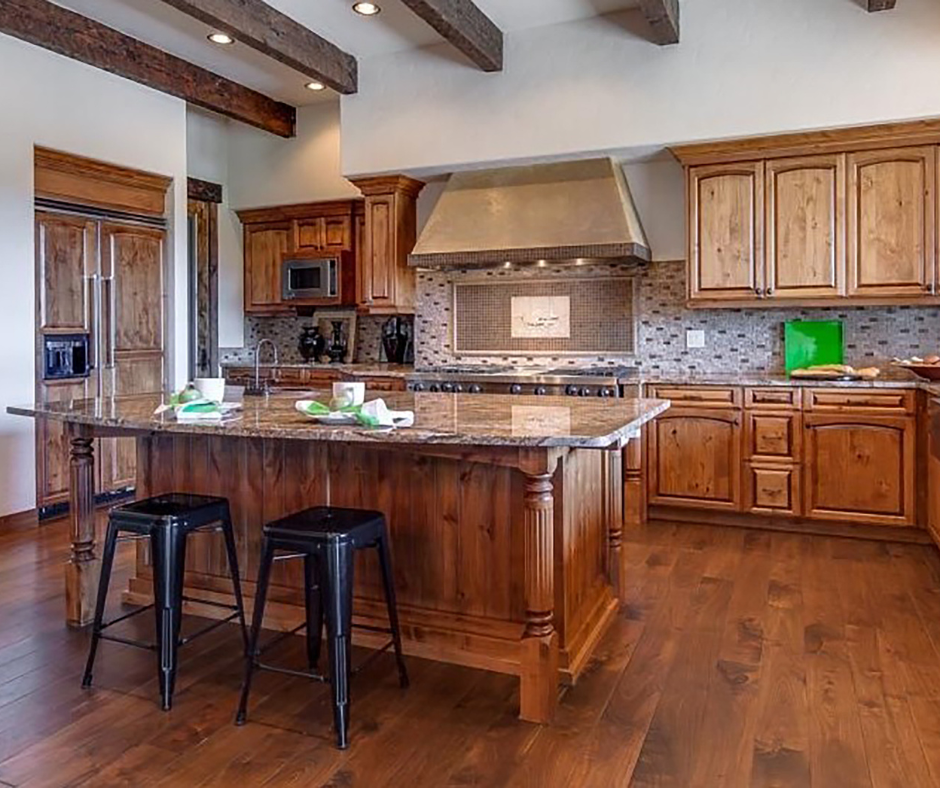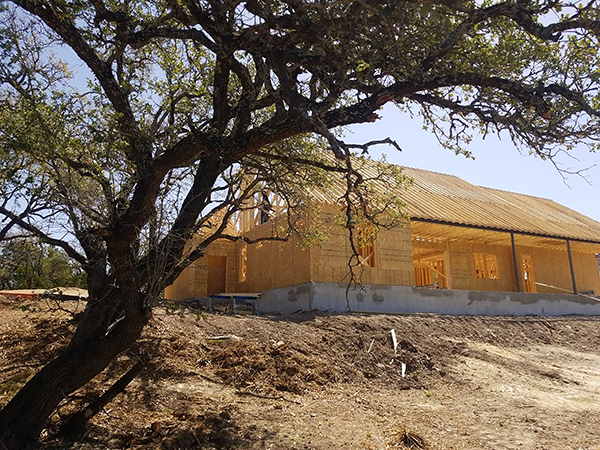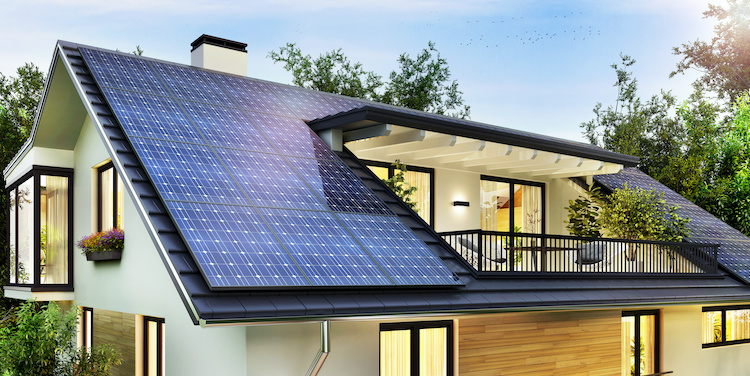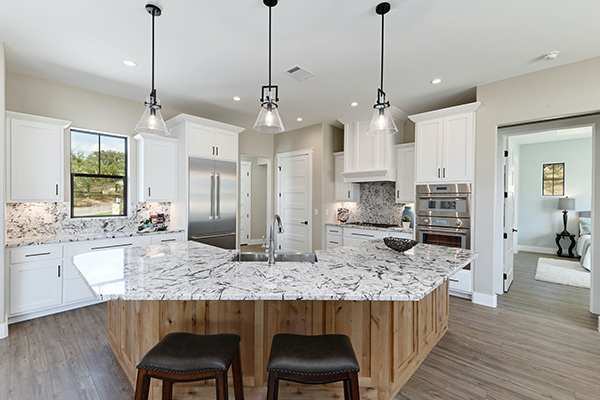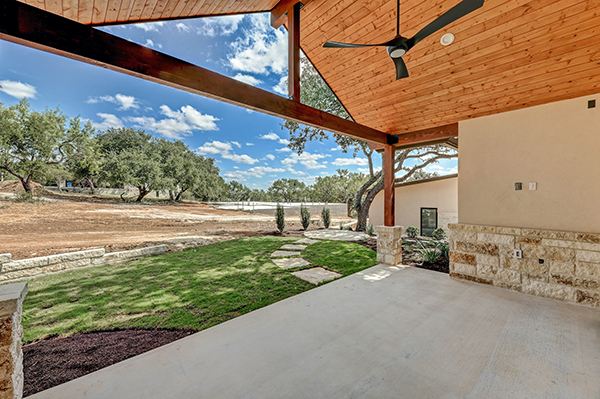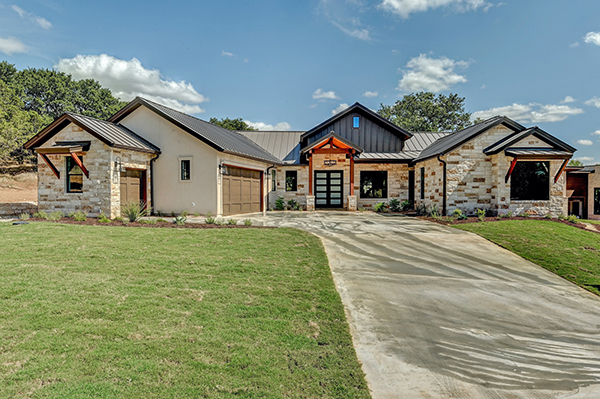As a luxury home builder, the question comes up frequently: what makes a luxury home? A question like this usually isn’t quite as straightforward as you might like.
One attempt at categorization is based on the presence of luxury features. Some people won’t award the title if the home lacks certain amenities. A massive garden tub sure sounds luxurious to me! As does a smart house than can juggle half my chores for me, and heated floors, and a walk-in closet the size of a small house! However, they aren’t what makes a luxury home, at least not to me.
For some, it’s sheer size of home that pushes it into luxury home territory. For others, it’s a beautiful view, perhaps with an exquisitely landscaped garden from which to enjoy it. Once again, sign me up; this house is sounding great!
But, when it comes down to it, the thing that really seals the deal for me? It’s not based on some specific gadget, or hinged upon a set of bay windows. Rather, it’s a feeling. A house could have every amenity in the world, and if I walk in and think, “Hmm, nice,” then that’s no luxury home. I’m looking to be blown back! “Nice” should be the furthest thought from my brain. All the better if I can’t even find a thought!
Walking into a luxury home feels like, well, walking into a luxury home. There’s nothing else like it. Therefore, this is the goal every single time Anderson Construction Group sets out to build someone’s dream home. People deserve all the comfort they can squeeze into this world. At the end of any given day, there are endless tasks to do to care for your home. Accordingly, with the ability to build, and using a builder with goals like ours, there’s no reason your home shouldn’t take just as good of care of you.
